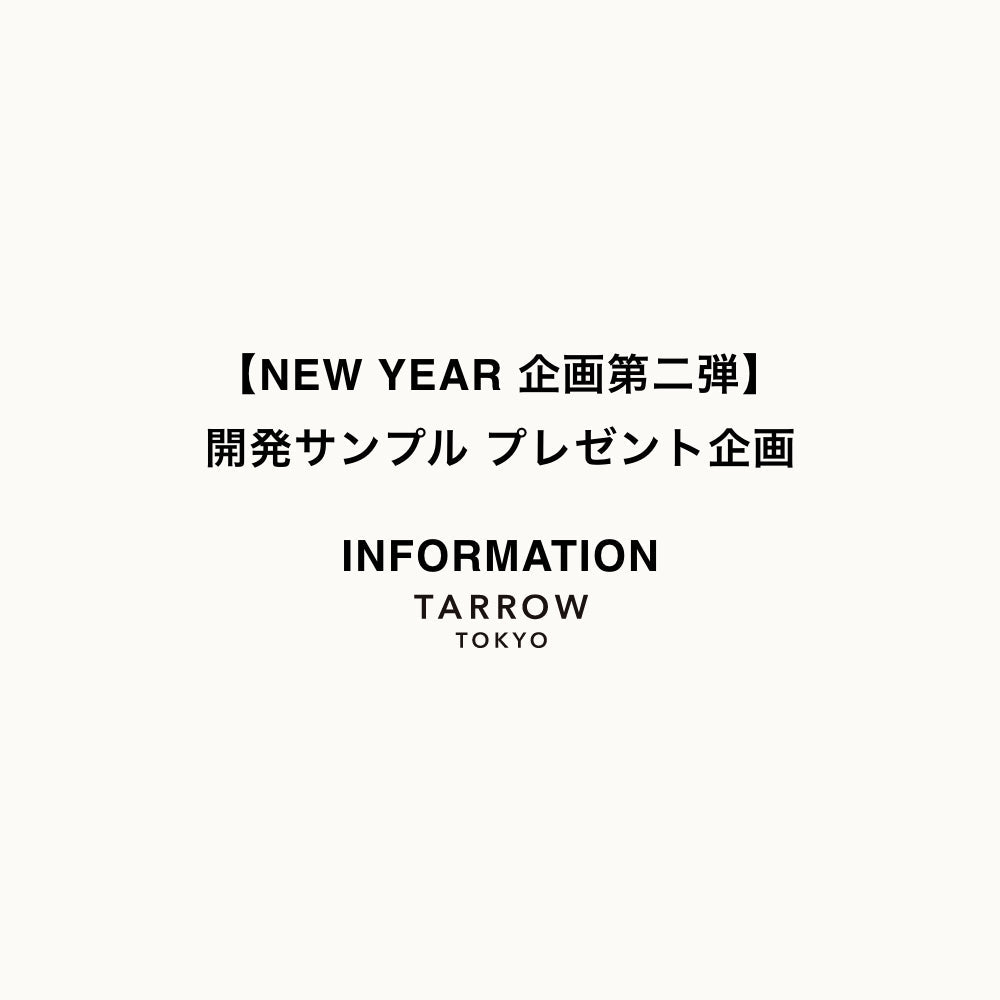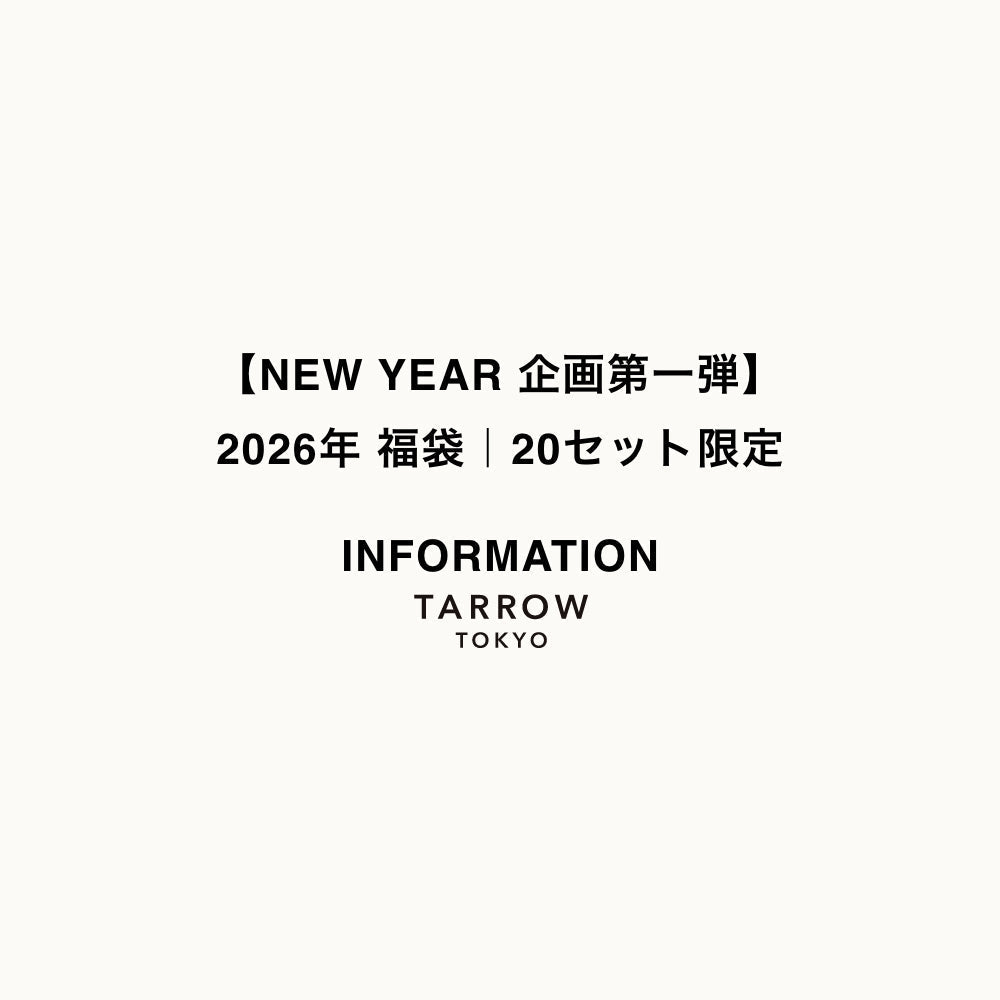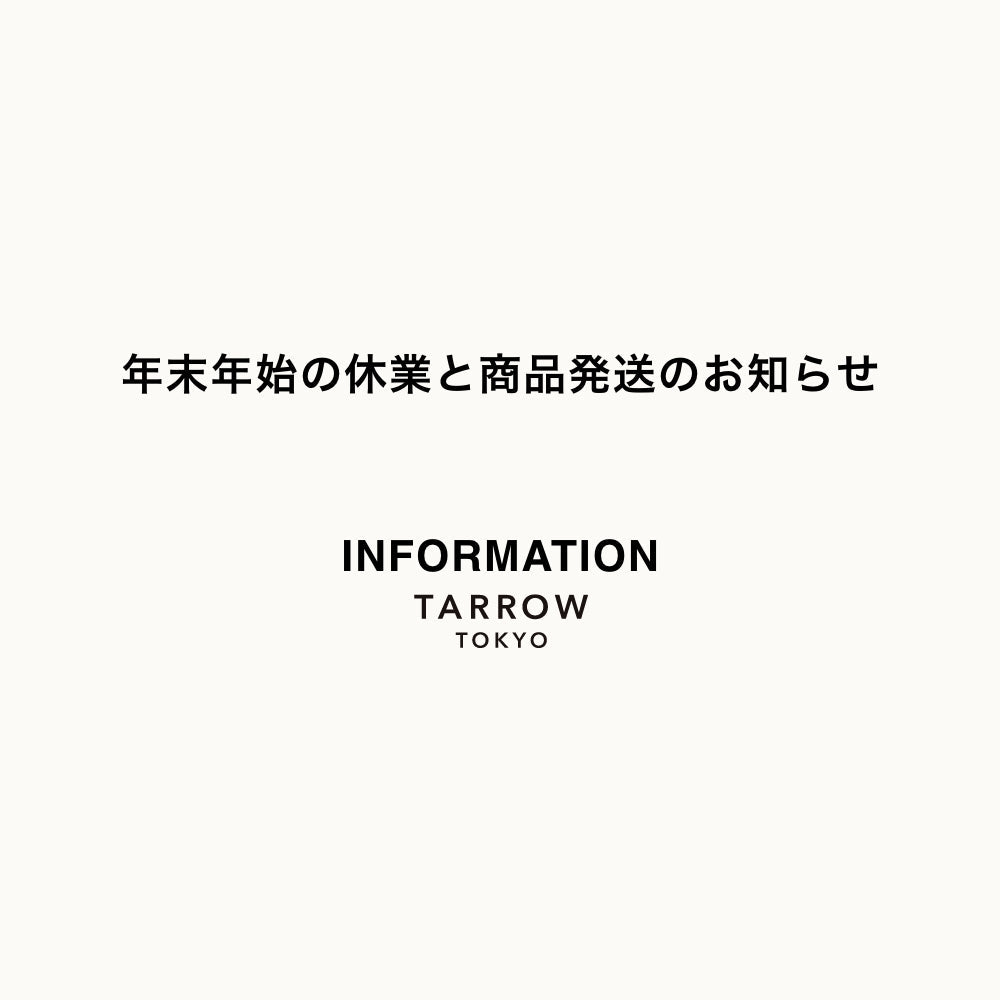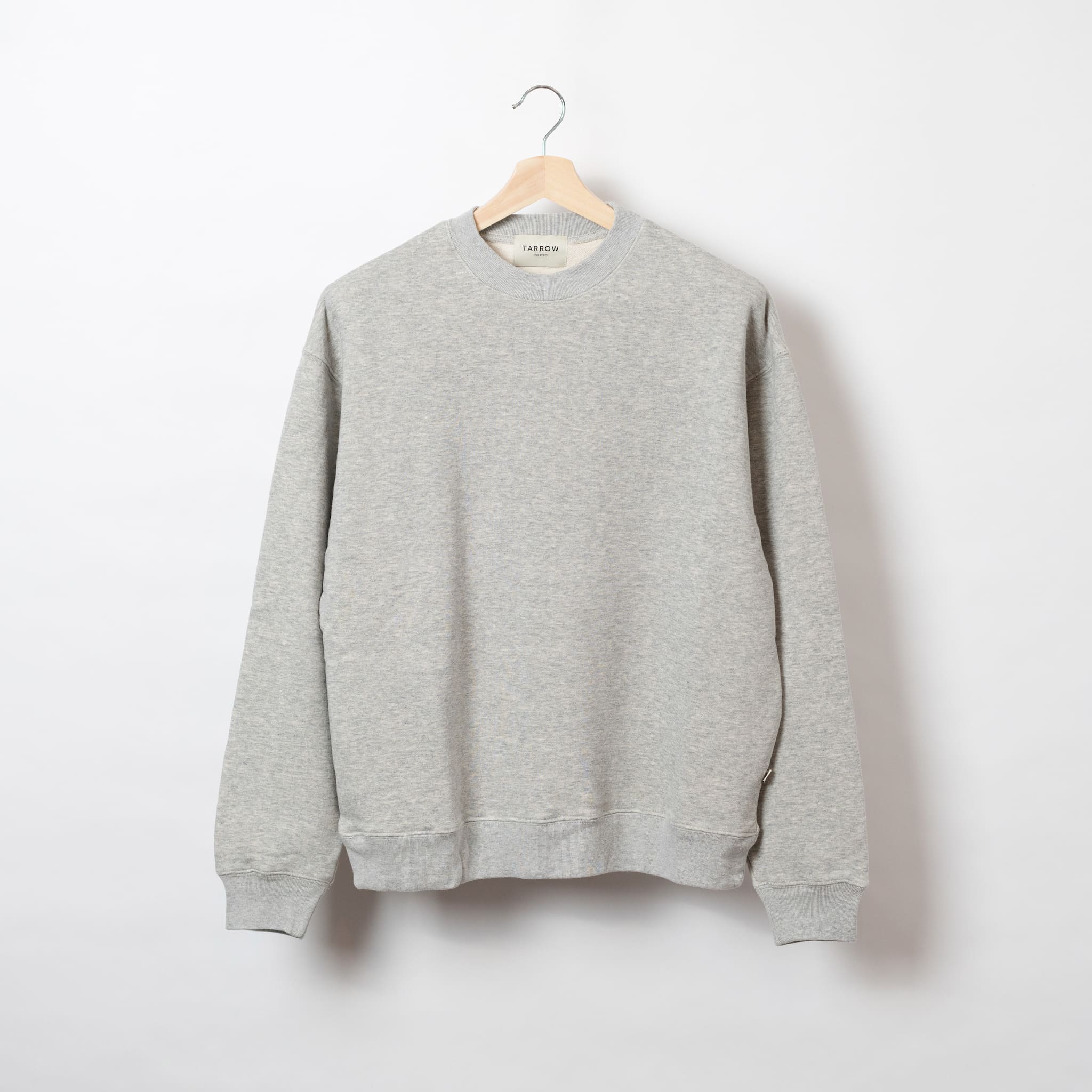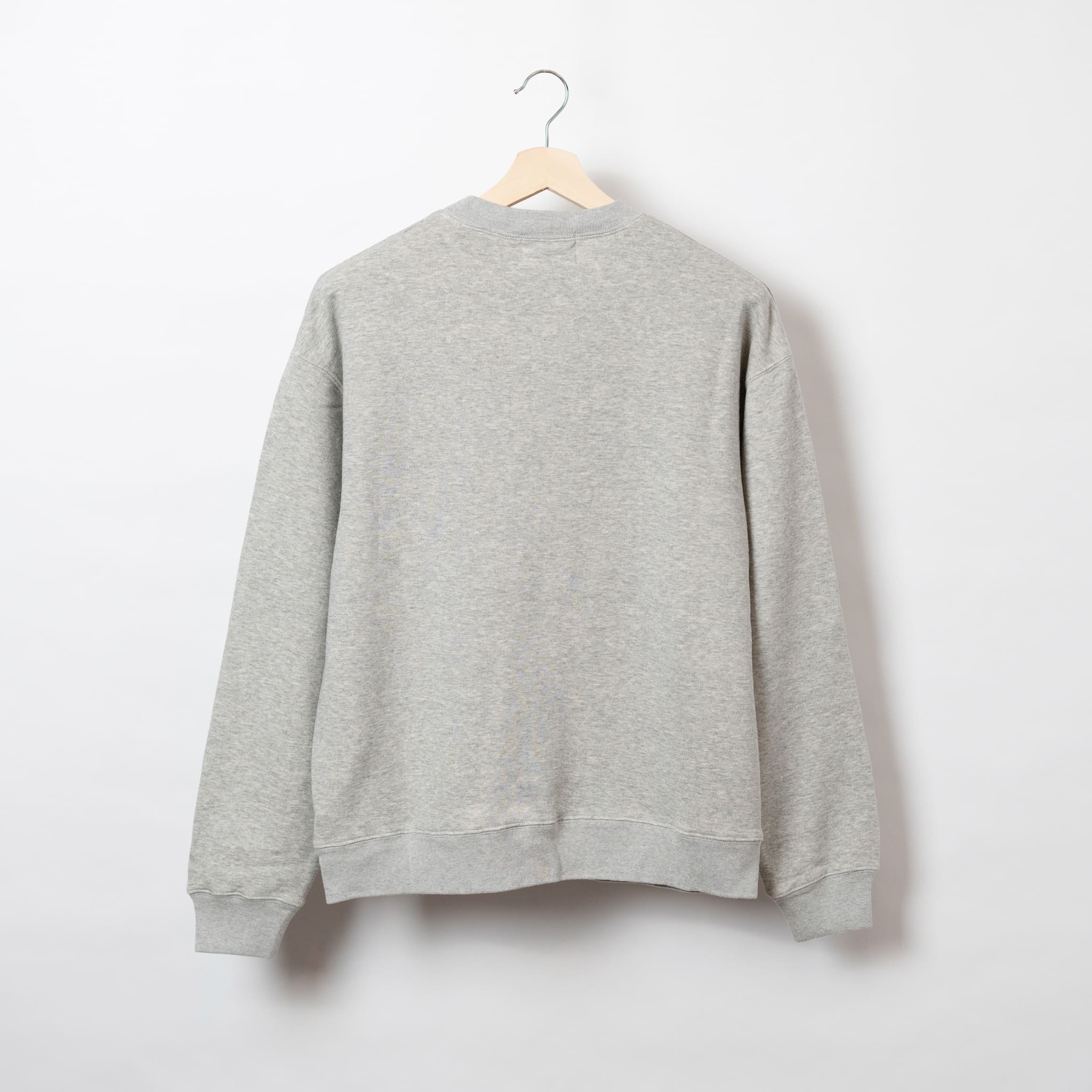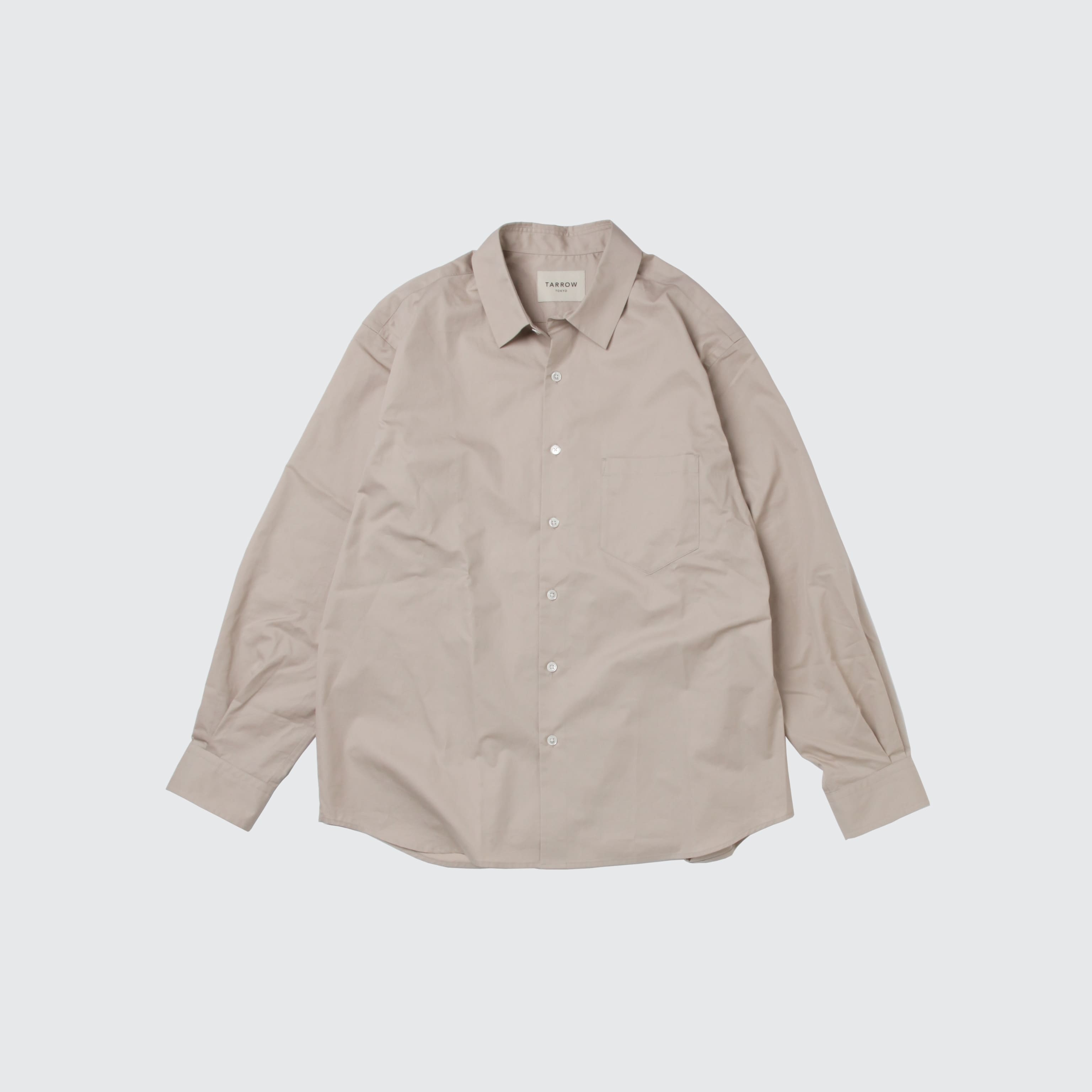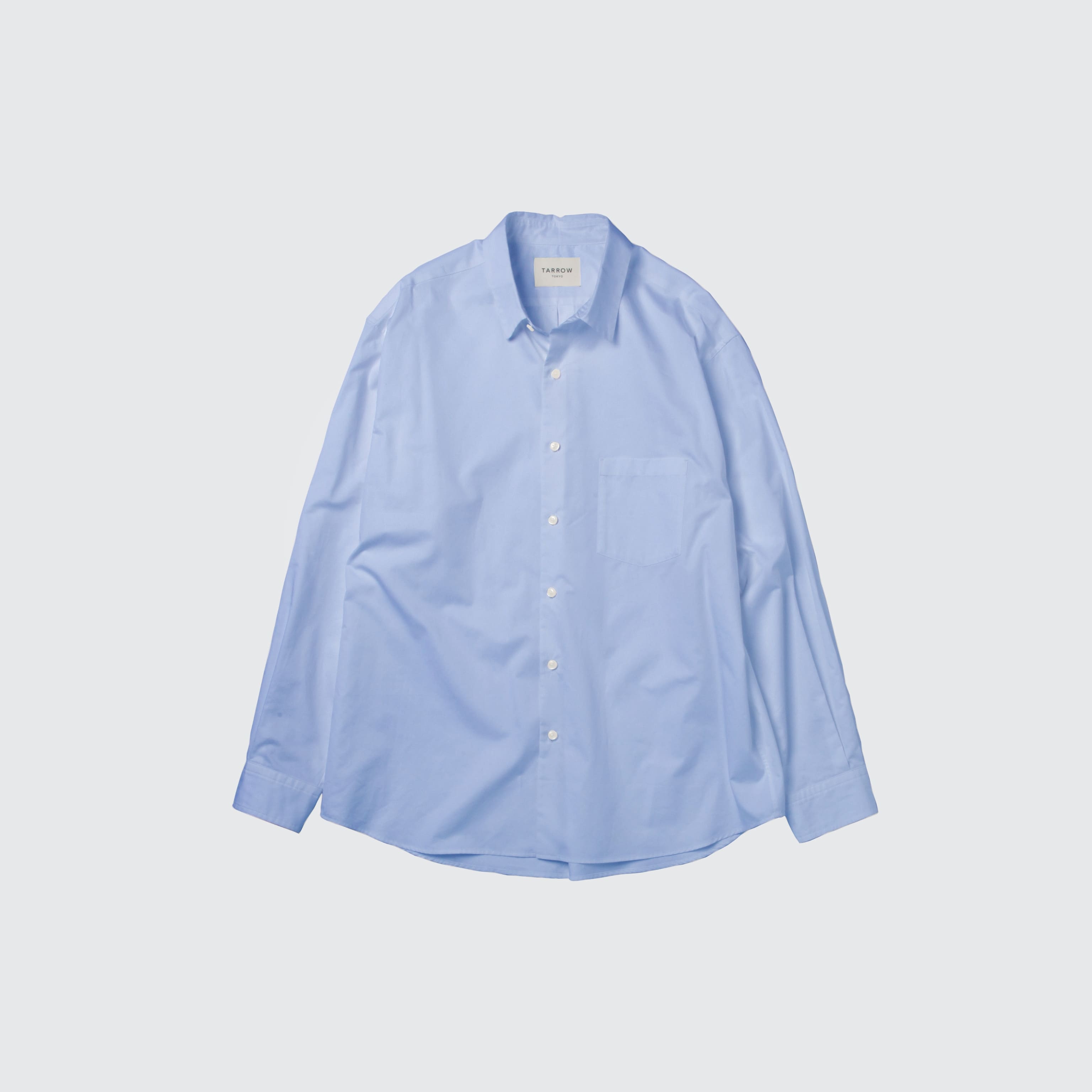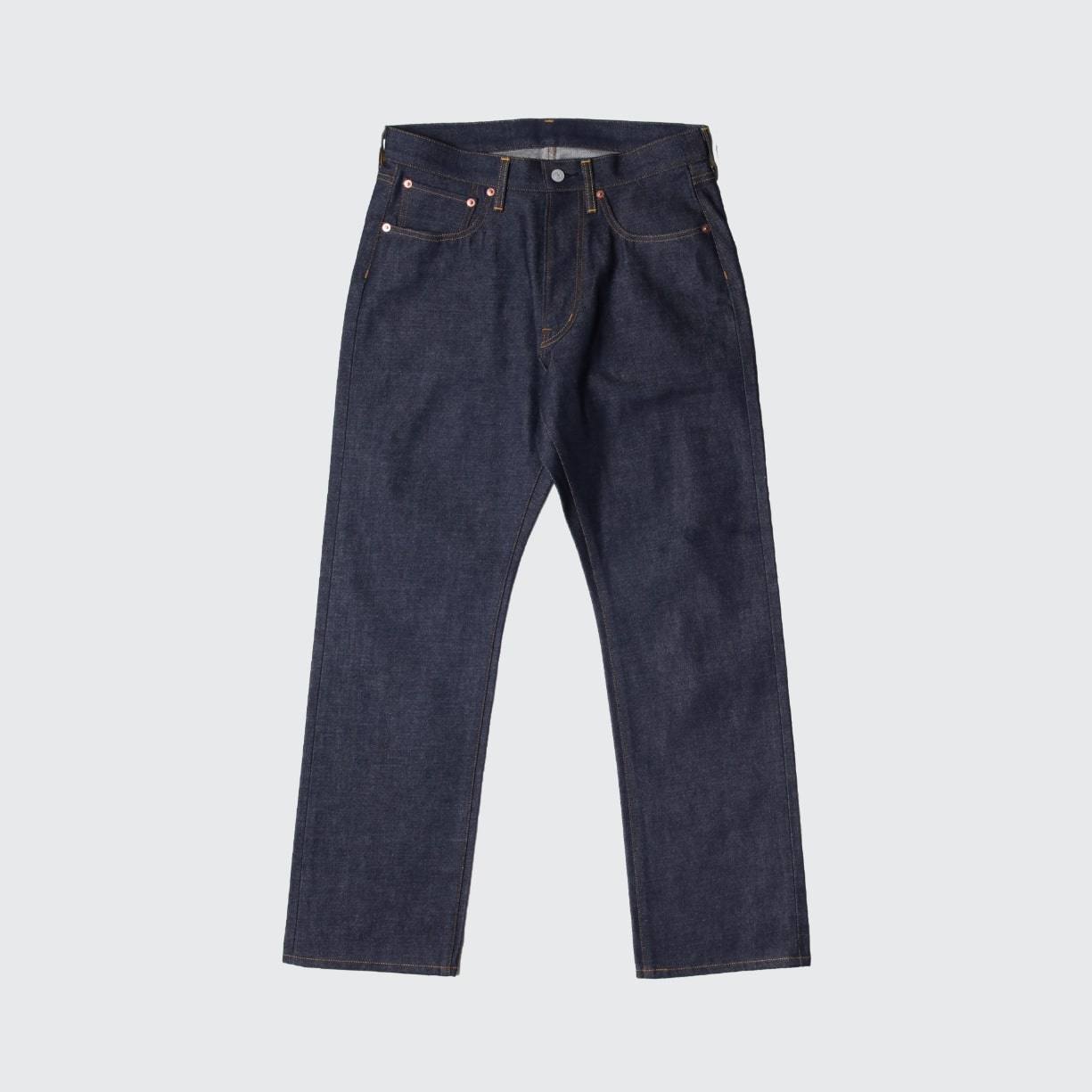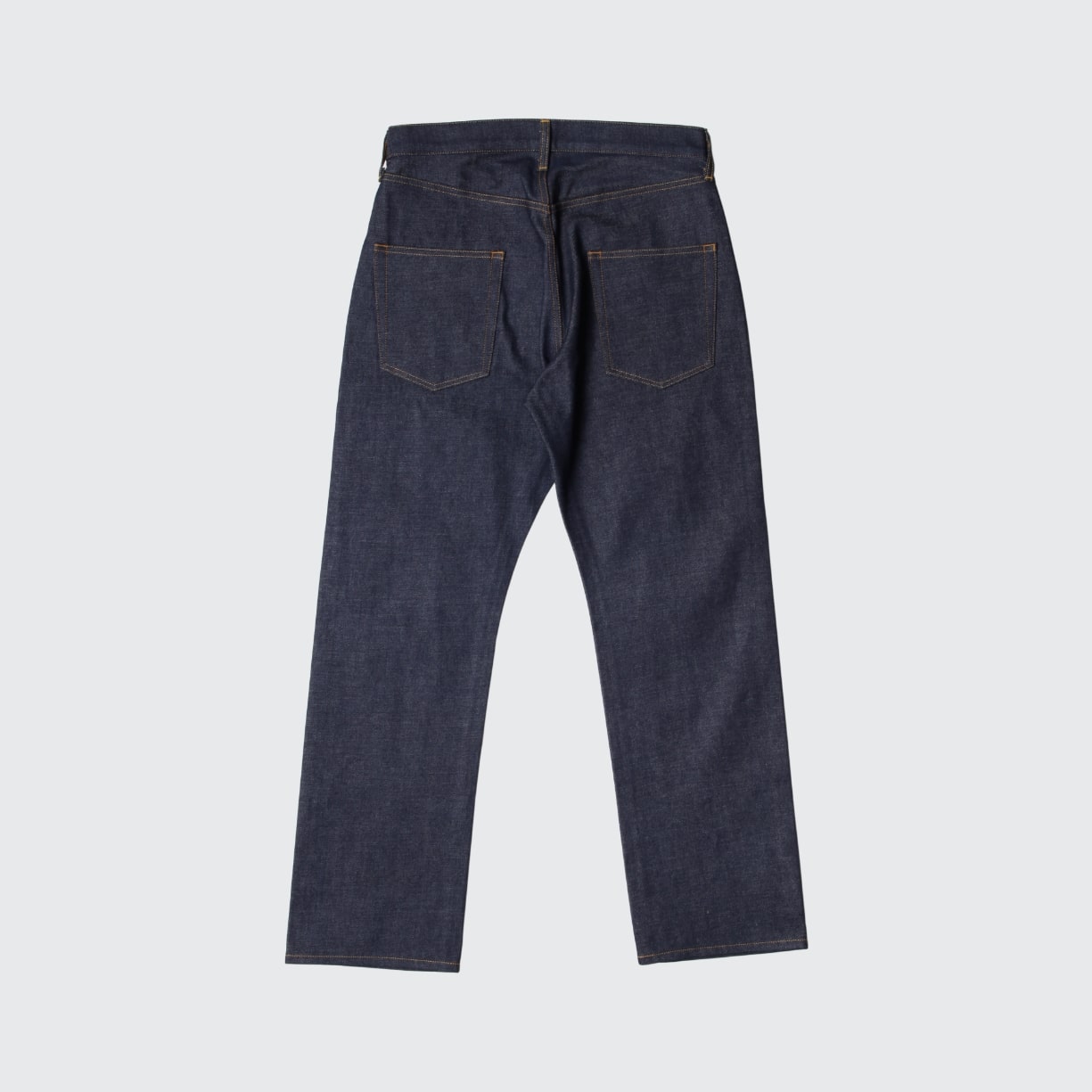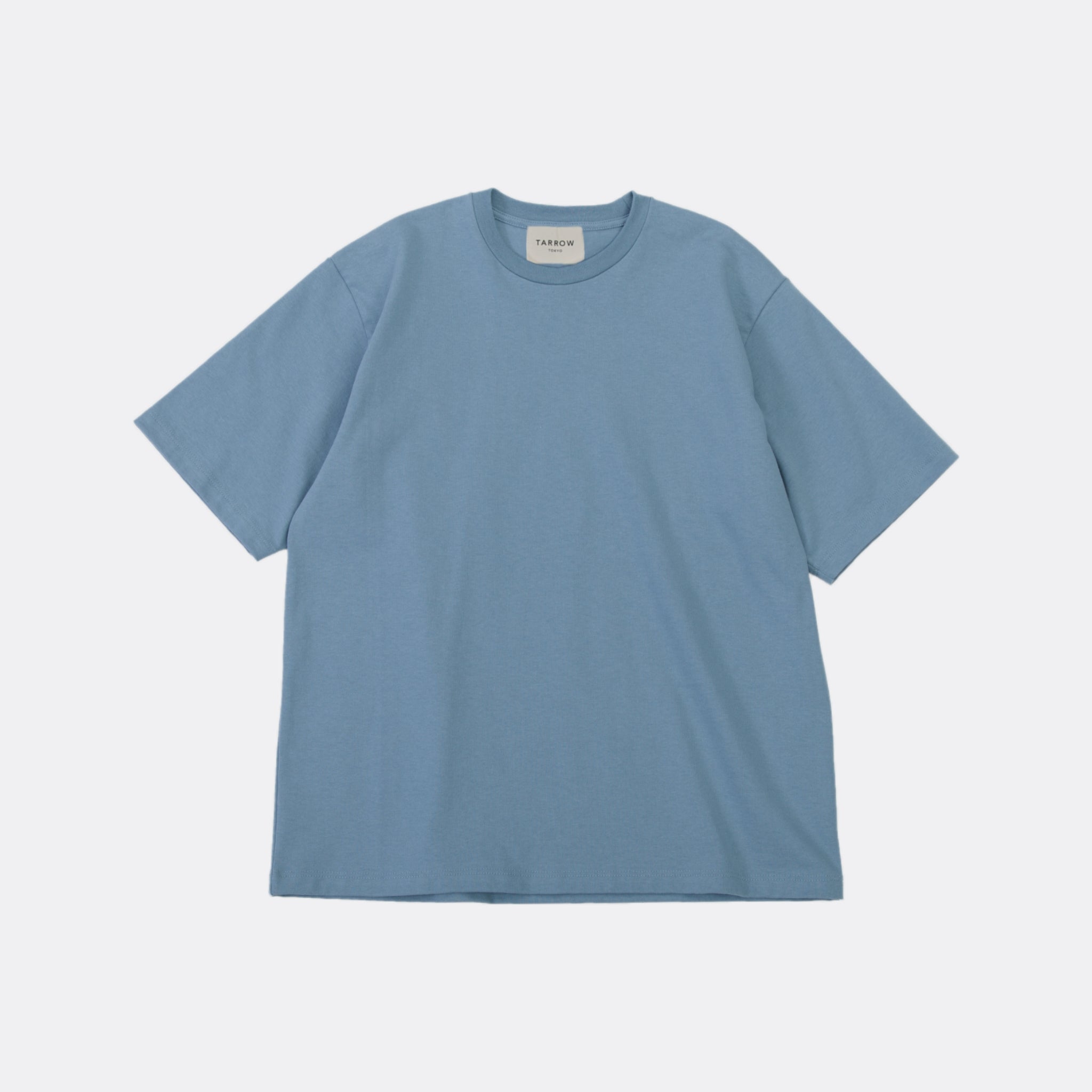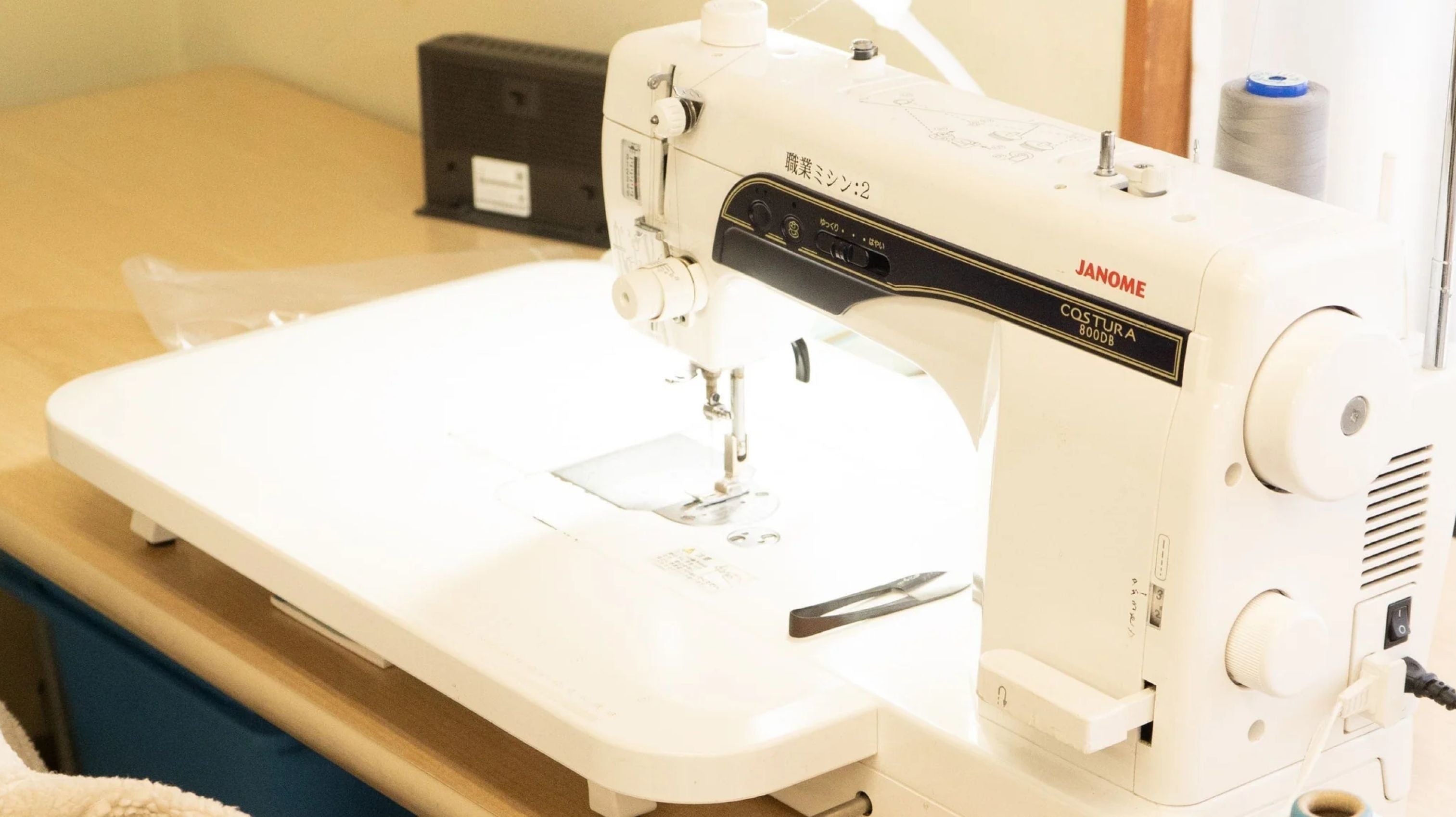
[Interview] "A place that weaves connections with society" Welfare facility "Community Workshop Hana"
We spoke to Keisuke Tsutsui (hereafter referred to as Mr. Tsutsui), the representative of the welfare facility "Regional Workshop Hana" in Chiba Prefecture, who sewed the pockets on the "WIDE CREW NECK P/O equalto edition," a collaboration item with equalto, about Hana.
"Community Workshop Hana" is a welfare workshop that provides support to each person with a disability according to their goals and characteristics. Its main activities include making newspaper eco-bags and envelopes, baking confectionery, sewing, manufacturing brand-name goods, piecework, and mail delivery, with the division of labor being decided based on the wishes and areas of expertise of each user.
-- First, please tell us what the welfare facility "Community Workshop Hana" is like.
Tsutsui: Our facility is a so-called "Type B Continuing Employment Support Facility." It plays the role of a traditional welfare workshop. Even if you have a disability, you should have the right to work, but in today's society, the reality is that there are an overwhelming number of people who cannot work at regular companies because of their disability. Society and laws are gradually changing, but the reality is that there are still many people who want to work but cannot. Therefore, the purpose of this facility is to provide welfare services while creating an environment where we can work together.
The difference between this and an employment contract is that the user performs work requested by the company, and the profits from the work minus necessary expenses such as the cost of raw materials are distributed to the user. The more profits you make, the more your distribution will increase.
There are approximately 15,000 Type B employment support facilities across the country, and the average monthly wage is around 17,000 yen. (※All figures are from fiscal year 2022)
We are working to improve this situation even a little.
-- What kind of people use it?
Tsutsui: Half of the people who attend our facility are hoping to work for a regular company in the future. For the remaining half, some find it difficult to start working right away, while others hope to continue attending the facility. For these people, getting into a regular rhythm of life and interacting with people outside of their family are important goals. If people stay shut up at home, they may stop talking to people and become mentally isolated, so we aim to help them feel the richness of life by interacting with society, even if only little by little.
-- How many users does Hana have currently?
Tsutsui: The capacity is 20 people, but we have about 45 registered. About 20 to 25 people attend the center every day, and the number of people who attend varies depending on the day of the week. Many of the residents have mental illnesses, so while some come every day, most come about 2-3 times a week.
- What is the age group of your users?
Tsutsui: The age range is very wide, from 19-year-olds who graduated from special needs schools to people in their 70s.

A memo in front of the workbench so that key points can be checked immediately.
-- We've heard that some of the residents have no contact with anyone other than their families, so how do the residents here communicate with each other?
Tsutsui: There are also challenges in communication between users. Many users have little social experience, and face-to-face communication is difficult for many of them. For example, misunderstandings often occur through communication tools such as LINE.
For this reason, we focus on interactions with support staff at the facility at first, and then gradually expand relationships with other users. During lunch breaks, users may talk to each other, but it is important to learn how to maintain a proper distance from others, so we first aim to help them communicate, even if only a little at a time. 

Hana staff confirms the work details with the user.
-- Currently you work for a variety of brands including TARROW, but what kind of work did you do most when you first started out?
Tsutsui: In the early days, we often had to do things like putting flyers in plastic bags or sticking double-sided tape on the back of posters. However, these tasks were monotonous, and we had the problem that it was difficult for users to see how their work was contributing to society.
Currently, we place importance on providing feedback on how their creations are used and who will receive them, in the hope that this will increase their self-esteem and give them a sense of fulfillment.

There are notes posted on the sewing machines, walls, and everywhere else to reduce any anxiety users may have.
-- Please tell us what inspired you to start up "hana".
Tsutsui: I was originally interested in town development during my university days. I was involved in town development in Kisarazu, and that's how I became involved in the welfare field. At the time, there were few facilities in the area that supported people with disabilities, and the lack of future employment opportunities for children with disabilities was a particular problem. Learning about this situation, I began to wonder if there was something I could do.
After that, I started up an unlicensed welfare workshop, which started on a very small scale at first, but as I listened to the desperate voices of people with disabilities and their families, I gradually expanded the circle of support.
-- Mr. Tsutsui, please tell us about a moment when you felt rewarded while running "hana."
Tsutsui: The most rewarding part of my job is when I get involved in the lives of our users and watch them grow. Of course, there are many difficult times, but there are also many happy moments. I feel especially happy when I see people who were previously socially isolated gradually gain confidence and feel connected to society through their work.
-- Finally, please tell us what you think are the goals of "hana."
Tsutsui: Ideally, I think that these types of business establishments would disappear. People with disabilities should have the right to work. I also think that eventually, an environment should be created where many people with disabilities can work in regular companies. To achieve this, it is necessary for society as a whole to deepen its understanding of disabilities and for companies to proactively accept people with disabilities.
Ultimately, we aim to create an environment where people with disabilities can become independent and contribute to society without relying on such facilities.
-- Mr. Tsutsui, thank you very much for your valuable time today.
After the interview and my visit to the local workshop "hana," I was deeply impressed by the attitude and way the work was carried out.
Even the sewing was done carefully and meticulously, and the quality was in no way inferior to that of TARROW products, whose strength is quality. 
I also felt that because Tsutsui-san and the other staff members are sensitive to the individuality and personality of each user, the users are able to carry out their tasks with peace of mind.
I hope that TARROW will continue to be an opportunity for people to learn about places like Hana and the people who work there. I look forward to working with you in the future.
Local Workshop Hana: https://hana-work.net/

